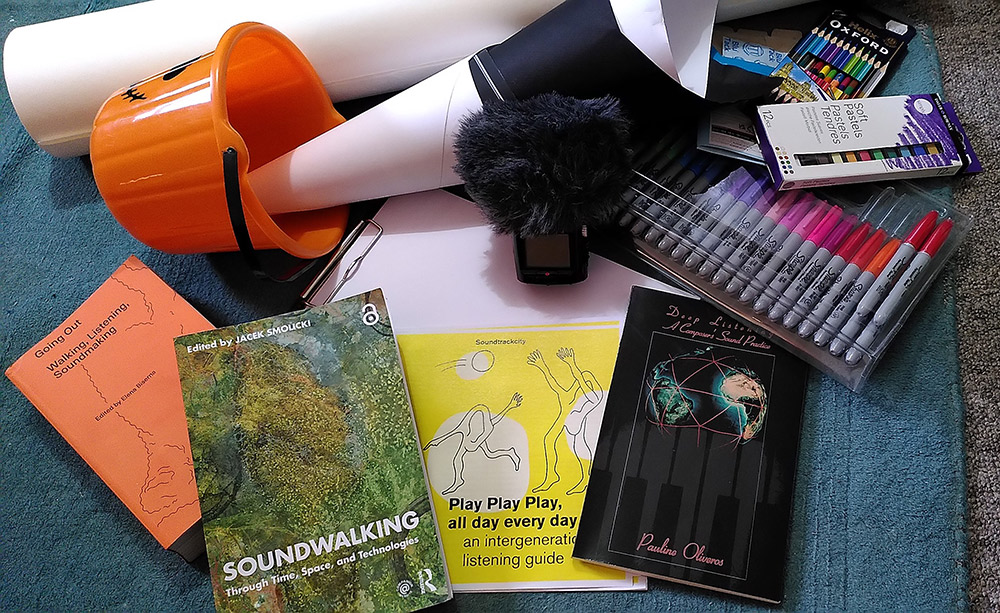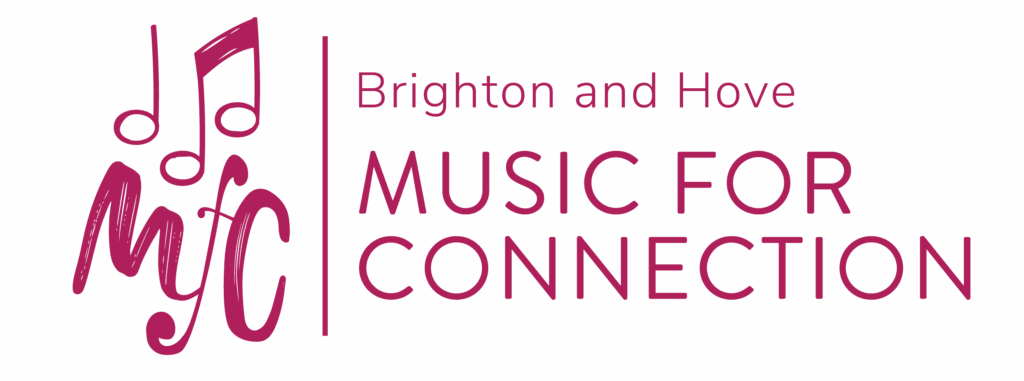Compassion and understanding come from listening impartially to the whole space/time continuum of sound, not just what one is presently concerned about. In this way, discovery and exploration can take place. New fields of thought can be opened and the individual may be expanded and find opportunity to connect in new ways…
Deep Listening, by Pauline Oliveros, 2005:xxv
Dr Bethan Prosser
I am a researcher, community practitioner, and musician. I strive to bring academic and practice-based listening approaches together to creatively understand and tackle issues of social justice and place.
My journey into participatory listening research began with wanting to use creative and mobile methods for social inquiry, namely, my PhD research into residents’ experiences of urban seaside gentrification on the Sussex coast. As a violinist, I wondered about sound and listening…and stumbled into a whole world of sound studies, acoustic ecology, sound art, acoustic design, ambience studies, and sonic geography. Listening became central to my PhD – how I carried out the research, what I found out, and its contribution to knowledge.
As a community practitioner, with over 20 years experience of working across non-profit sectors, I have become committed to a participatory ethos. I believe listening and sound-based practices can offer distinct possibilities for grappling with shifting power imbalances within research practice – finding opportunities to connect in new ways. I’m interested in how sound methods, such as soundwalking, come into orbit with participatory approaches and vice versa.
This participatory listening research approach has therefore been developed, and only made possible, through collaboration and inspiration from a range of practitioners, artists, and researchers…
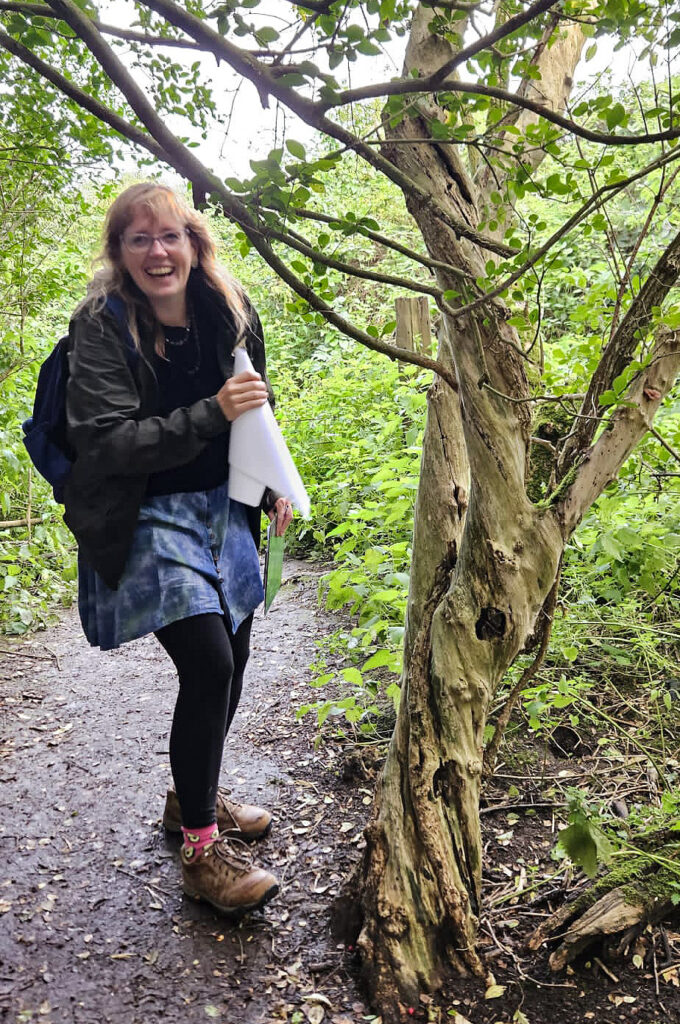
Listening Collaborator: Bela Emerson
“As a practitioner, developing and delivering this work has completely changed and enhanced my community, artistic, and mentoring practice. It brings me so much closer to the present moment.”
Bela Emerson is a socially engaged artist, musician, and facilitator who supports people to connect deeply with themselves and others.
I started collaborating with Bela on listening and sound-based projects in 2019. This sonic journey began with a sound heritage project, called Sounds to Keep (see digital story here), which piloted sound activities for the East Sussex heritage centre’s sound archive. We drew on Bela’s community music expertise and sonic artistry and my academic research into sound-based methods to create a specific format: Interactive Listening Walks.
Interactive Listening Walks are site-responsive group walks structured around three interwoven dimensions: listening, walking, and interacting (playing). So far we have delivered over 30 ILWs for a variety of community projects: heritage, community engagement, and wellbeing. This has laid the foundations for both shared creative and working practices, including a “defining in the doing” approach about which we have co-authored a paper. This collaboration informed the development of the PLR toolbox and was vital in the Sound Sparks project.
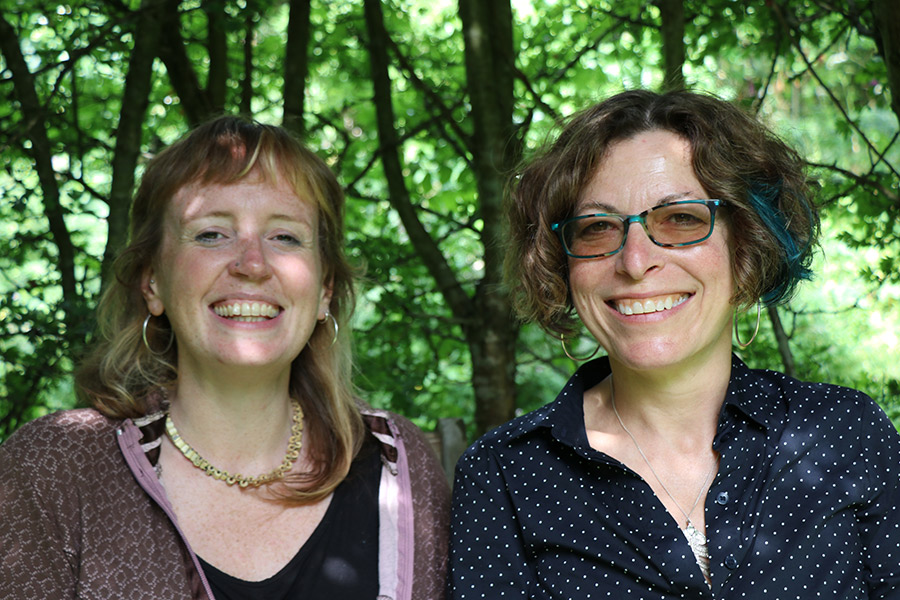
Partners, Networks & Support
Brighton & Hove Music for Connection (BHMC) have been an important part of developing this approach. Founded by Bela Emerson, BHMC is a specialist grassroots community music organisation, supporting predominantly older adults of all abilities to connect and create together for wellbeing, self-expression, and community-building. Community music practice aligns with participatory research and offers a restorative and generative way to bring sound and participatory methods together.
I have also learnt from other significant partners and networks through collaborative projects, events, and activities:
- The Ecomusicology Project is a brilliant collective of sound artists, musicians, community practitioners, horticulturists, and makers creating an open space for ecomusical experimentation at Stanmer Organics in Brighton.
- Who Owns Brighton is an inspiring community research initiative run by Brighton & Hove Community Land Trust to enable people to better understand planning and development processes.
- Sonic Rebellions is an emerging, supportive network of researchers and practitioners interested in exploring sound and social justice, co-curating bi-annual symposiums and a book series.
- The Aural Diversity Network started with the simple observation that we all hear differently and has grown into a vibrant network researching differences in hearing and listening.
- UK Participatory Research Network are a group of people who embrace the philosophy, principles, and potential of participatory research.
Support and guidance in developing this approach has come from: Dr Mary Darking (academic mentor), Prof Lesley Murray (PhD supervisor), Dr Dan Burdsey (PhD supervisor), Dr Sarah Leaney (PhD supervisor), Dr Elona Hoover (post-doc conspirator), and many other inspiring colleagues and postgraduates at the University of Brighton, including the Centre for Arts & Wellbeing. Funding awards from the South Coast Doctoral Training Partnership have made this work possible: ESRC Post-doctoral fellowship award no. ES/Y010388/1 and Doctoral Studentship ES/P000673/1 (project reference 1953071).
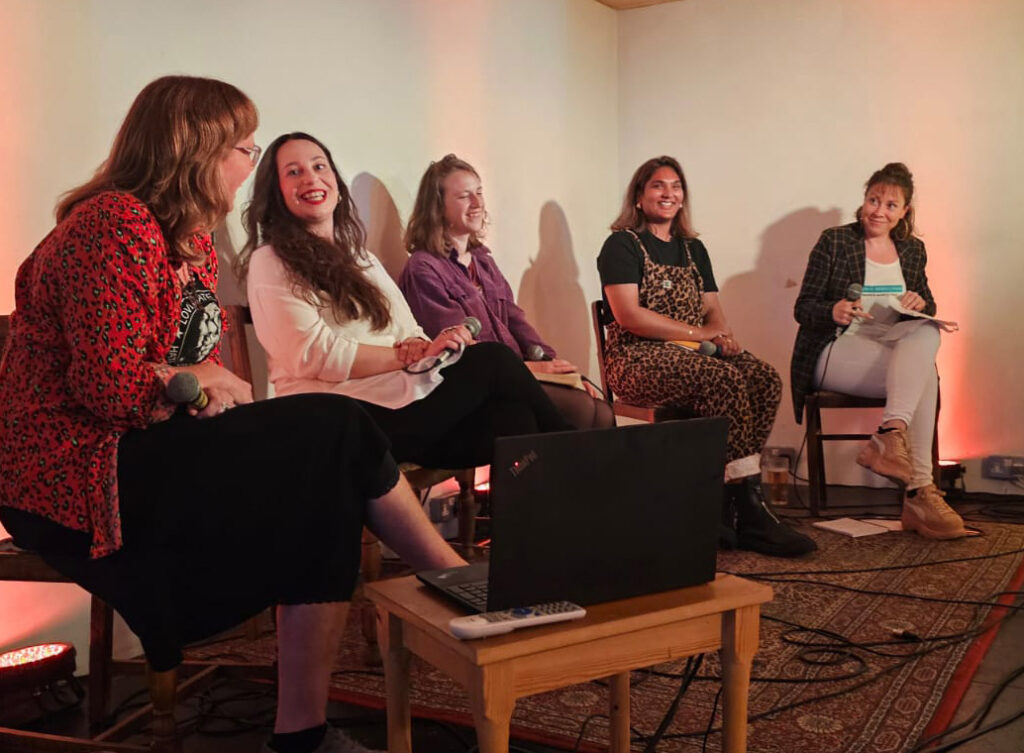
Inspirations
Allie Martin (2025). Intersectional Listening: Gentrification and Black Sonic Life in Washington, DC, Oxford University Press.
Brandon LaBelle (2020). Acoustic Justice: Listening, Performativity, and the Work of Reorientation, Bloomsbury Publishing.
Dylan Robinson (2020) Hungry Listening: Resonant Theory for Indigenous Sound Studies. University of Minnesota Press. dylanrobinson.ca
Elena Biserna (Ed.) (2022) Going Out: Walking, Listening, Soundmaking, umland editions.
Gascia Ouzounian (2020) Stereophonica: Sound and Space in Science, Technology, and the Arts, MIT Press.
John Levack Drever & Andrew Hugill (Eds.) (2022) Aural Diversity, Routledge.
Leah Bassel (2017) Why a Politics of Listening? Palgrave Macmillan.
Pauline Oliveros (2005) Deep Listening: A Composer’s Sound Practice, iUniverse.
Sarah Pink (2006) The Future of Visual Anthropology: Engaging the Senses, Routledge.
Jacek Smolicki (Ed.) (2023) Soundwalking: Through Time, Space, and Technologies, Routledge.
Waldock, J. (2015). Hearing Urban Regeneration: Community Composition as a Tool for Capturing Change. In Bull & Back (eds.) The Auditory Culture Reader 2nd Edition, Routledge: pp. 151-162.
